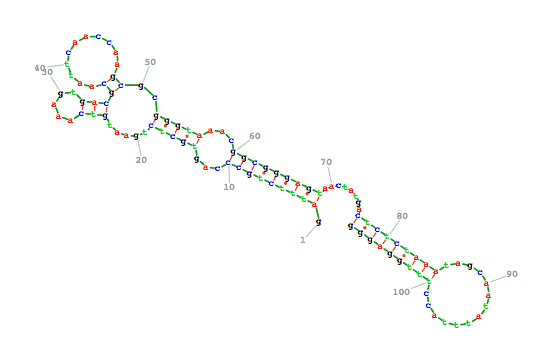Syllabus
This class extends the material covered in COMP462 and/or COMP561. We will introduce fundamental concepts and techniques in computational structural biology and computational system biology.
Computational structural biology aims to model and predict the structure of bio-molecules (e.g., proteins, DNA, RNA), while computational system biology provides methods to model and study biological systems. These fields of study has a broad impact on the understanding of gene regulation processes and biological system mechanisms. It also open new research directions in synthetic biology such as the design of new bio-molecular devices and the re-engineering of biological functions.
The topics covered will range from the classic techniques used in these field (e.g. molecular dynamics, hidden Markov models) to more recent advances in analyzing and predicting molecular structures and systems (e.g. conditional random fields).
We will illustrate this material with applications of classical bioinformatics tools such as GROMACS or the Vienna RNA package.
Prerequisites: Basic understanding of algorithms and basic biological background.
Evaluation: 2 Assignments (15% each), 2 paper reports (15% each), and 1 project (40%).
Topics
RNAs:
- Secondary structure prediction,
- Multiple alignment,
- Statistical mechanics of RNA structures,
- RNA-RNA interactions,
- RNA design,
- Mutational analysis,
- Molecular evolution,
- RNA folding kynetics.
- Secondary and tertiary structure prediction,
- Threading, side-chain packing,
- Molecular dynamics, motion planning,
- HP lattice model
- Folding pathways.
- Protein-protein interactions.

Image produced with RNAmovies
Course informations
Instructor: Jérôme Waldispühl
Lectures: Monday-Wednesday 2:30pm - 4:00pm in McConnell 320.
Office hours: By appointment.
Assignments
Assignment 1 (RNA Bioinformatics)
[PDF]
Due on March 9th, 2014.
Assignment 2 (Protein structure prediction)
[PDF]
Due on April 13th, 2014.
Paper review
Format for the report:
- 1 page max (Font size 12pt, single spaced, border 0.8 inch)
- 3 sections: Motivations of the research, Results and improvement over previous work, Strength and Weakness of the paper.
Schedule and Material
Lecture 1:
Introduction to Computational Structural and System Biology Biology.
[Slides]
Lecture 2:
Introduction to RNAs. Classical secondary structure prediction algorithms.
[Slides]
Lecture 3:
Stochastic RNA Secondary Structure Prediction
[Slides]
Lecture 4-5:
RNA Sequence-Structure alignment
[Notes]
Lecture 6:
RNA secondary structures with pseudo-knots.
[Notes]
Lecture 7:
RNA-RNA interaction.
[Slides]
Lecture 8:
RNA 3D Modeling.
[Slides]
Lecture 9:
RNA in Sequences/Structures Networks.
[Slides]
Lecture 10:
Exploration of RNA mutational landscapes and RNA design.
[Slides]
Lecture 11:
RNA folding dynamics.
[Slides]
Lecture 12-13:
Grammatical modeling of RNA folding algorithms.
[Link to class Material] (By R. Giegerich)
Bellman's gap examples:
Needleman-Wunsch and Nussinov-Jacobson.
Lecture 14-15:
Introduction to Protein Folding and Secondary Structure Prediction
[Slides]
Lecture 16-17:
Protein Beta-sheets Prediction.
[Slides]
Lecture 18-19:
Molecular Dynamics (lectures by Mohamed Smaoui).
References
Computational Molecular Biology: An Introduction
Peter Clote, Rolf Backofen
Wiley Series in Mathematical and Computational Biology
Credits
Notes have been released using material kindly provided by Peter Clote, Ivo Hofacker, David Mathews, Alain Laederach, Thomas Simonson and Jinbo Xu.